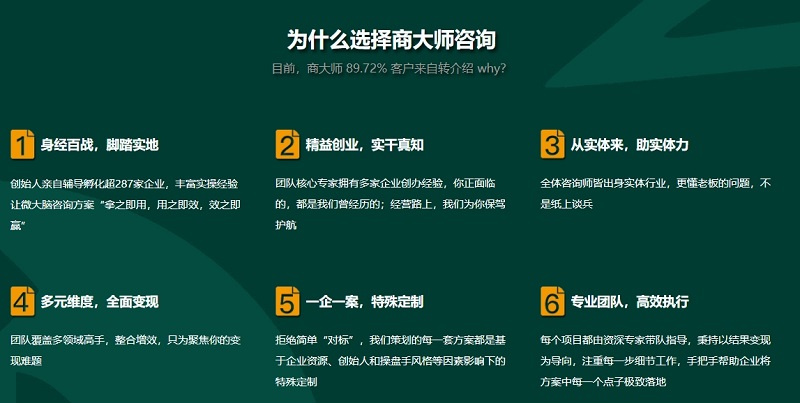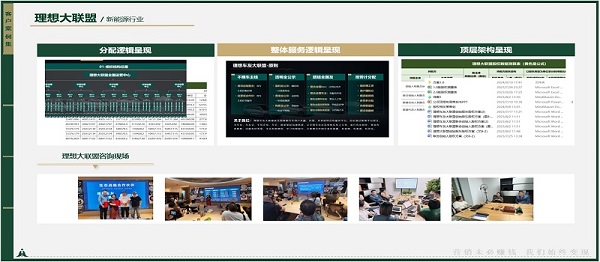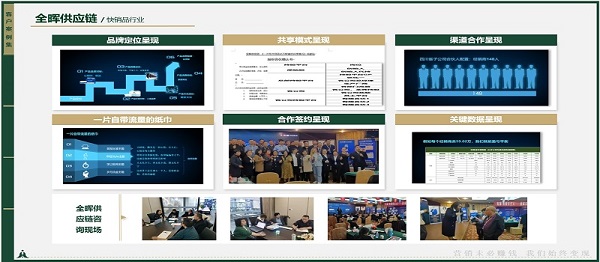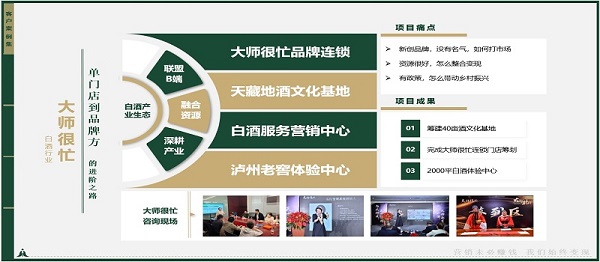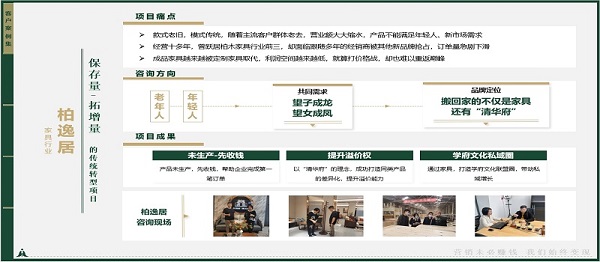品牌战略的核心构成要素
Brand strategy is the cornerstone of a company's long-term development, encompassing brand positioning, core values, visual identity, communication channels, and management mechanisms. Brand positioning defines the unique space a brand occupies in the minds of consumers, while core values reflect its cultural and spiritual essence. Visual identity translates abstract concepts into tangible symbols, and communication channels ensure effective interaction with target audiences. Finally, management mechanisms maintain consistency and adaptability in a dynamic market environment.

品牌定位与市场差异化的关系
Brand positioning is not merely about product features; it is a strategic choice to occupy a specific cognitive niche. Through precise market segmentation and competitive analysis, brands can avoid homogeneous competition and establish unique emotional or functional associations. For example, Volvo's emphasis on "safety" differentiates it from competitors focused on luxury or performance, creating irreplaceable value in consumer perception.
视觉识别系统的战略价值
visual identity system transcends aesthetic design—it is a strategic coding language. From color schemes to typography, each element must align with brand personality and cultural connotations. The golden arches of McDonald's not only convey fast-food attributes but also subconsciously trigger associations with family-friendly spaces. This visual coding requires long-term consistency while retaining evolutionary flexibility to adapt to cultural trends.
数字化时代的品牌传播变革
In the digital ecosystem, brand communication has shifted from one-way broadcasting to interactive co-creation. Social media platforms enable real-time dialogue between brands and users, where consumer-generated content becomes part of the brand narrative. Successful cases like Xiaomi's "fans economy" demonstrate how participatory communication can transform users into brand ambassadors, fundamentally changing traditional communication models.

品牌资产管理的关键维度
Effective brand asset management involves three-dimensional monitoring financial valuation tracks brand equity appreciation; consumer perception research measures mindshare depth; legal protection safeguards intellectual property rights. Luxury brands like Louis Vuitton exemplify this through rigorous quality control, limited edition strategies, and global anti-counterfeiting operations, ensuring sustained appreciation of brand value.

如何平衡品牌一致性与本土化需求
Global brands face the "glocalization" paradox Coca-Cola maintains its iconic red color and contour bottle worldwide while adjusting sweetness levels regionally. This requires establishing a core brand framework with immutable elements (brand essence) and flexible implementation guidelines (cultural adaptation). The key lies in distinguishing between non-negotiable brand DNand adaptable touchpoints.
新兴品牌突破市场壁垒的路径
Market incumbents' dominance stems from cognitive barriers rather than technical advantages. Emerging brands can adopt "oblique warfare" strategies Dollar Shave Club disrupted Gillette through subscription models instead of product competition;元气森林 leveraged "0 sugar" positioning to bypass traditional beverage giants. These cases reveal that redefining market rules often proves more effective than direct confrontation.
品牌年轻化转型的常见误区
Many brands mistakenly equate youthification with superficial visual updates. Successful rejuvenation requires digging into emerging cultural codes Li-Ning's "China Chic" revival combines retro designs with street culture, while Disney's IP activation strategy transforms classic characters into cross-border collaborators. Authentic youth strategies involve cultural participation rather than demographic targeting.
危机公关中的品牌修复逻辑
Brand crisis management follows the "4R" principle Recognition (rapid response), Responsibility (sincere accountability), Recovery (concrete actions), and Rebuilding (narrative reconstruction). Toyota's 2010 recall crisis demonstrated this through immediate CEO apologies, global quality system overhauls, and subsequent "safety technology" campaigns. Effective repair focuses on rebuilding trust capital rather than mere reputation control.
元宇宙生态中的品牌机遇
The metaverse creates new brand experience dimensions Gucci's virtual sneakers in Roblox explore digital ownership concepts; Nike's .Swoosh platform establishes Web3 community ecosystems. These experiments suggest future brand value may derive from virtual-real integration capabilities, requiring reconstruction of spatial experience, ownership models, and community interaction paradigms.

